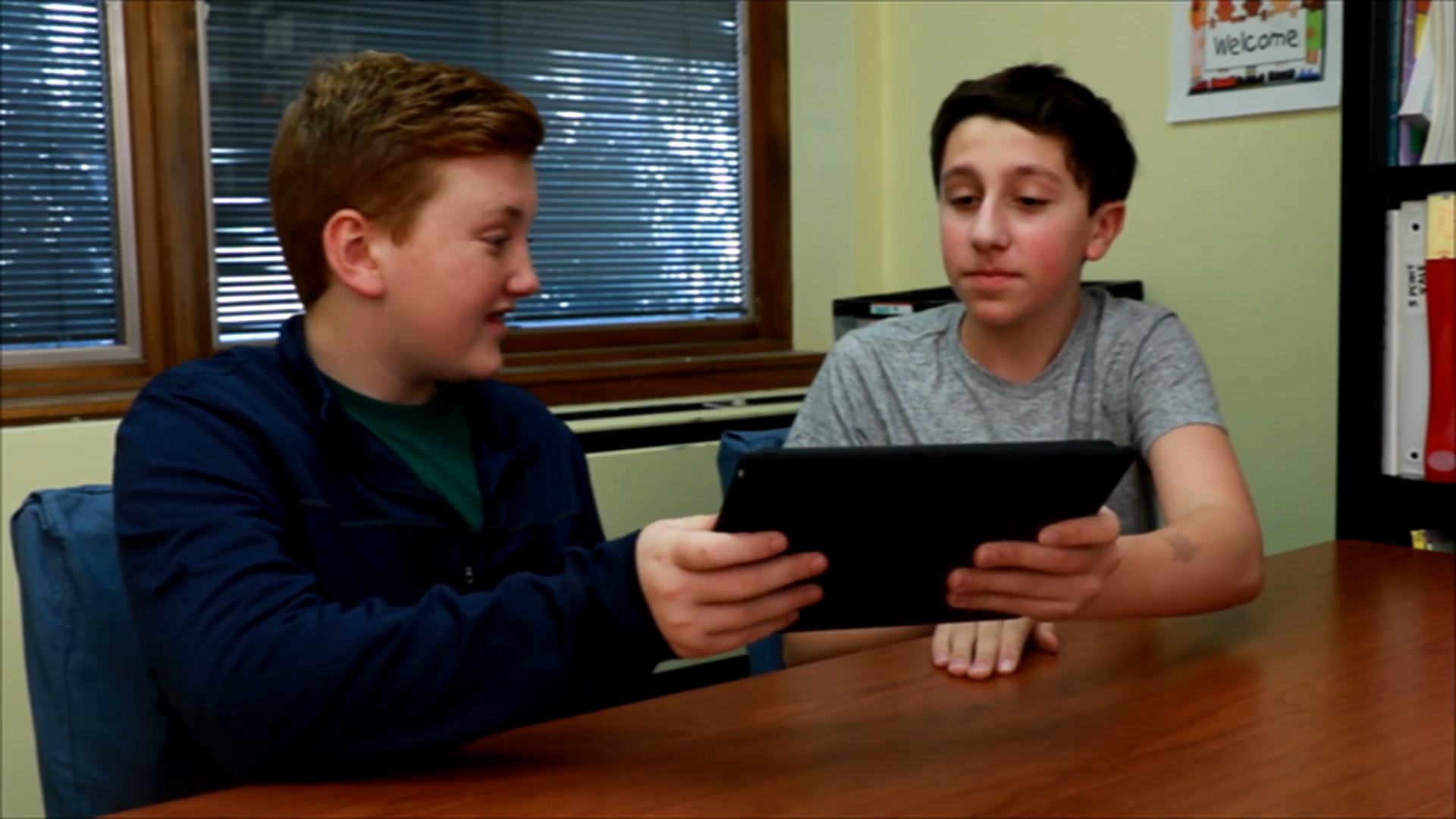
Introduction
Turn-taking is a foundational social skill that helps children develop positive relationships and engage in cooperative activities. By learning to wait for their turn, children can demonstrate respect for others and cultivate empathy, both crucial elements of social-emotional learning. This blog post will explore a no-prep activity to teach turn-taking, discussion questions to deepen understanding, related skills, and additional resources for educators working with elementary students.
No-Prep Activity: The Turn-Taking Circle
This simple activity requires no preparation or materials and can be easily adapted to any group size. It’s perfect for teaching turn-taking to elementary students in a fun and engaging way.
- Have the students sit in a circle, either on the floor or in chairs.
- Explain that they will be passing an imaginary object around the circle, taking turns to “receive” and “pass” the object.
- Before starting, ask the students to decide what the imaginary object will be (e.g., a ball, a toy, a book).
- Begin the activity by “passing” the imaginary object to the student next to you, making sure to use clear gestures and eye contact.
- Encourage each student to wait for their turn and pay attention to the person passing the object, using appropriate language to ask for and acknowledge their turn (e.g., “Can I have the ball, please?” or “Here you go!”).
- Continue the activity until every student has had a chance to participate.
Throughout the activity, emphasize the importance of patience, respect, and cooperation, reinforcing the link between turn-taking and social-emotional learning.
Discussion Questions
After completing the Turn-Taking Circle activity, engage your students in a discussion to help them reflect on their experiences and deepen their understanding of turn-taking. Here are some questions to get the conversation started:
- How did it feel to wait for your turn during the activity? Were there any challenges or frustrations?
- Why is it important to take turns when playing with friends or participating in group activities?
- How does taking turns show respect for others and contribute to positive relationships?
- Can you think of other situations in which turn-taking is essential? How can you apply what you’ve learned to those situations?
- What strategies can you use to practice patience and respect when waiting for your turn?
Related Skills
Turn-taking is just one of many essential social skills that contribute to a child’s social-emotional learning. Other related skills that educators can focus on include:
- Active listening: Teaching students to listen attentively and respond appropriately to others’ perspectives.
- Empathy: Encouraging children to understand and share the feelings of others, fostering emotional connections.
- Cooperation: Cultivating a sense of teamwork and collaborative problem-solving among students.
- Conflict resolution: Helping children develop strategies to resolve disagreements in a respectful and constructive manner.
- Assertiveness: Supporting students in expressing their needs and opinions with confidence and respect.
Next Steps
By incorporating turn-taking and related social skills into your teaching, you can help your students develop the social-emotional competencies necessary for success in school and beyond. To access free sample materials and resources on turn-taking and other social skills, sign up at Everyday Speech and start making a positive impact on your students’ social-emotional learning journey today.

